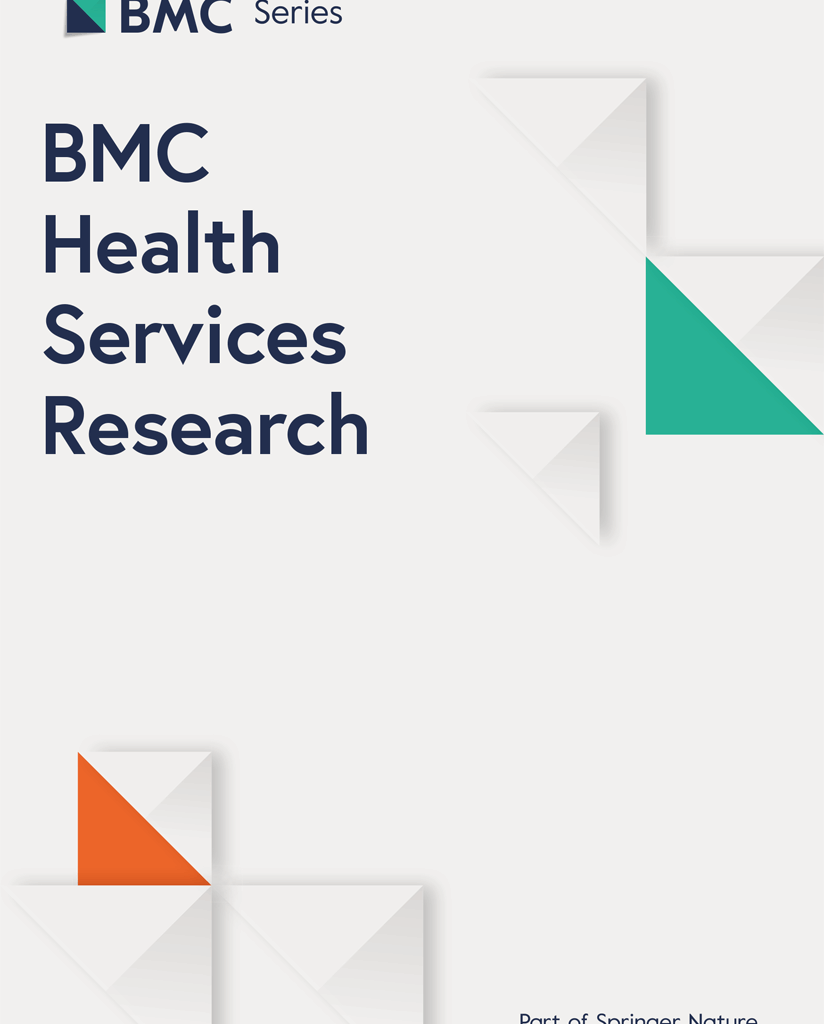Study design and setting
This cross-sectional study was conducted between March 2023 and January 2024 at a women’s and children’s medical center in southwestern China.
Participants
According to Kendall’s experience and methods for sample size estimation [7], the sample size can generally be considered to be 5–10 times the number of independent variables. The questionnaire in this study had 35 independent variables. Taking into account a dropout rate of 10%, the study’s sample size was estimated to be between 175 and 350.
Inclusion and exclusion criteria
The inclusion criteria were as follows: (1) age ≥ 18 years (2), voluntary participation with signed informed consent (3), diagnosis of infertility and having undergone relevant surgery, and (4) ability to use a smartphone.
The exclusion criteria included (1) severe postoperative complications (2), a diagnosis of mental or cognitive disorders that impeded cooperation, and (3) the presence of serious comorbid conditions affecting other organ systems.
Measurements
A self-designed questionnaire was used to collect sociodemographic information, such as the patient’s age, race, education level, place of residence, family income, number of reproductive surgeries, duration of infertility, and type of infertility.
The questionnaire used to assess the mobile health management needs of infertile patients was developed through a comprehensive process. This included a review of the relevant literature, expert consultations with healthcare professionals, and direct interviews with patients. The “Questionnaire of Mobile Health Management Needs of Postoperative Infertile Patients” was initially formulated using the PRECEDE–PROCEED model. The 10 dimensions were hypothesized a priori, grounded in the PRECEDE–PROCEED model’s conceptualization of predisposing, enabling, and reinforcing factors. Each dimension was designed to reflect a specific type of need within this structure. The draft was reviewed and modified by five experts from the fields of reproductive endocrinology, nursing, health education, and statistics. To ensure content validity, although quantitative indices were not calculated, due to the exploratory nature of this initial instrument development, content validity was established through qualitative expert judgment. The experts assessed each item for relevance, clarity, and coverage of key concepts, based on their clinical and academic experience. Items were revised or retained based on consensus among the experts. Each expert initially rated the items independently before discussing and reaching a consensus through a group review process. Following these revisions, a pilot survey was conducted among 30 infertile patients to assess item clarity, feasibility, and initial reliability. Based on their feedback, minor adjustments were made to the wording of certain items. Internal consistency was evaluated using Cronbach’s alpha, with the final questionnaire achieving a Cronbach’s alpha of 0.994. While this high value suggests strong reliability, item selection was carefully reviewed during both expert consultation and pilot testing to minimize redundancy while preserving the conceptual richness and comprehensiveness of each dimension.
The finalized questionnaire consists of 10 dimensions: medication guidance (2 items), postoperative rehabilitation (7 items), disease knowledge (1 item), prepregnancy preparation (6 items), online consultation and appointment (1 item), skills to conceive (1 item), early pregnancy management (4 items), guidance on ovulation monitoring (2 items), online follow-up (1 item), and fertility problem stress counseling (2 items). The English version of the questionnaire is provided in Supplement 1.
Data collection
Two professionally trained investigators were responsible for distributing and collecting the questionnaires. The investigators explained the study’s purpose, content, and the principle of confidentiality to the participants. After providing signed informed consent, the participants completed the questionnaire independently. Completion of the questionnaire required approximately 15–20 min.
Statistical analysis
Statistical analysis was performed using SPSS version 27.0. Categorical variables were expressed as frequencies and percentages, while continuous variables were reported as means (M) and standard deviations (SD). The statistical analyses, including t-tests and one-way ANOVAs, were conducted in an exploratory manner to examine potential differences in mobile health management needs across various sociodemographic and clinical subgroups. Independent-samples t-tests were used to compare mobile health management needs scores between two groups (i.e., race, place of residence, and type of infertility). One-way ANOVA was conducted for variables with more than two categories, including age, education level, family per capita monthly income, and number of reproductive surgeries. Multiple linear regression models were conducted to examine associations between sociodemographic and clinical variables and each of the 10 dimensions of mobile health management needs. Variables with a p-value < 0.10 in the univariate analyses were included in the multivariable models. All independent variables were simultaneously entered into each model. A two-tailed p-value < 0.05 was considered statistically significant.

